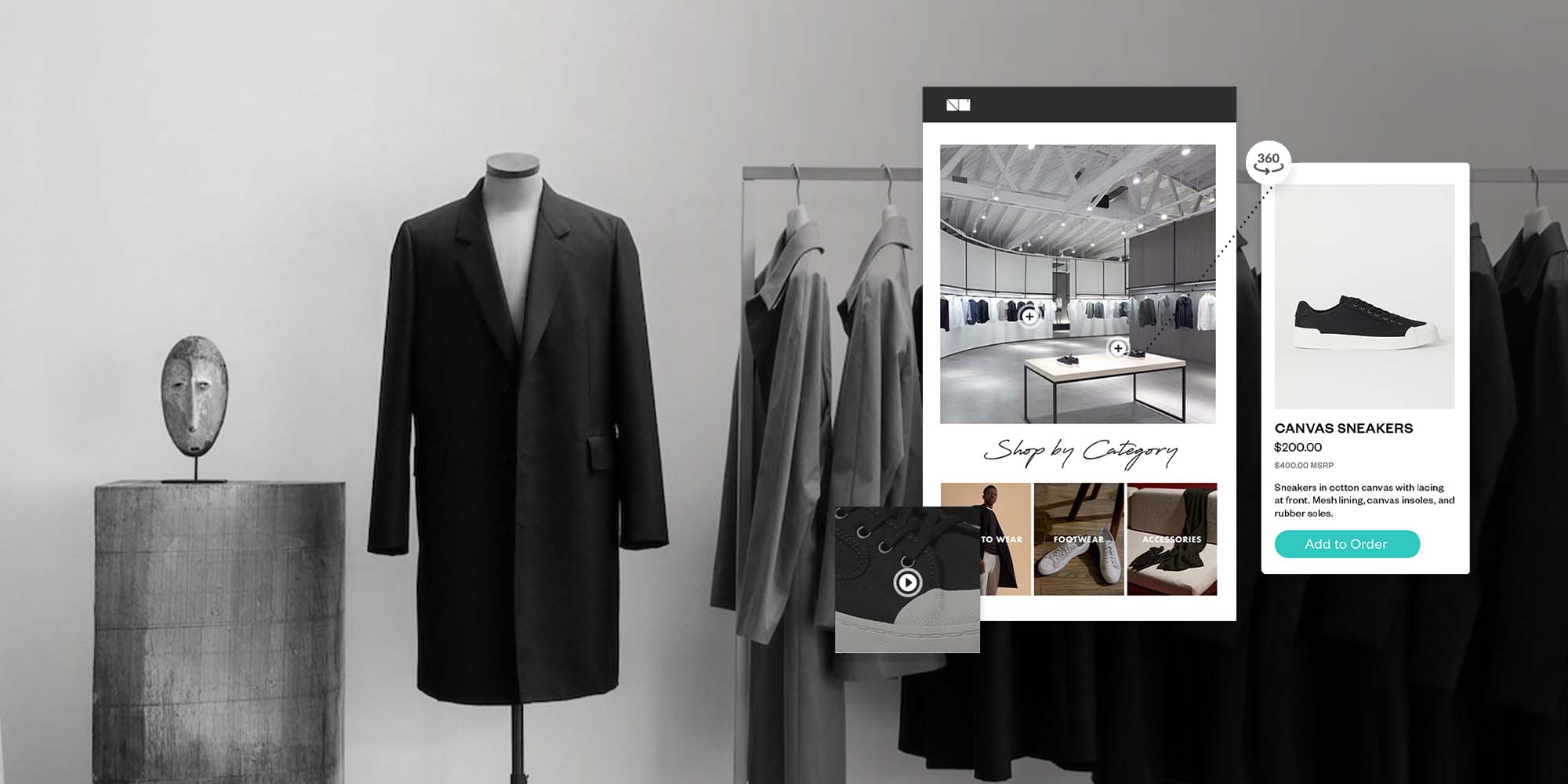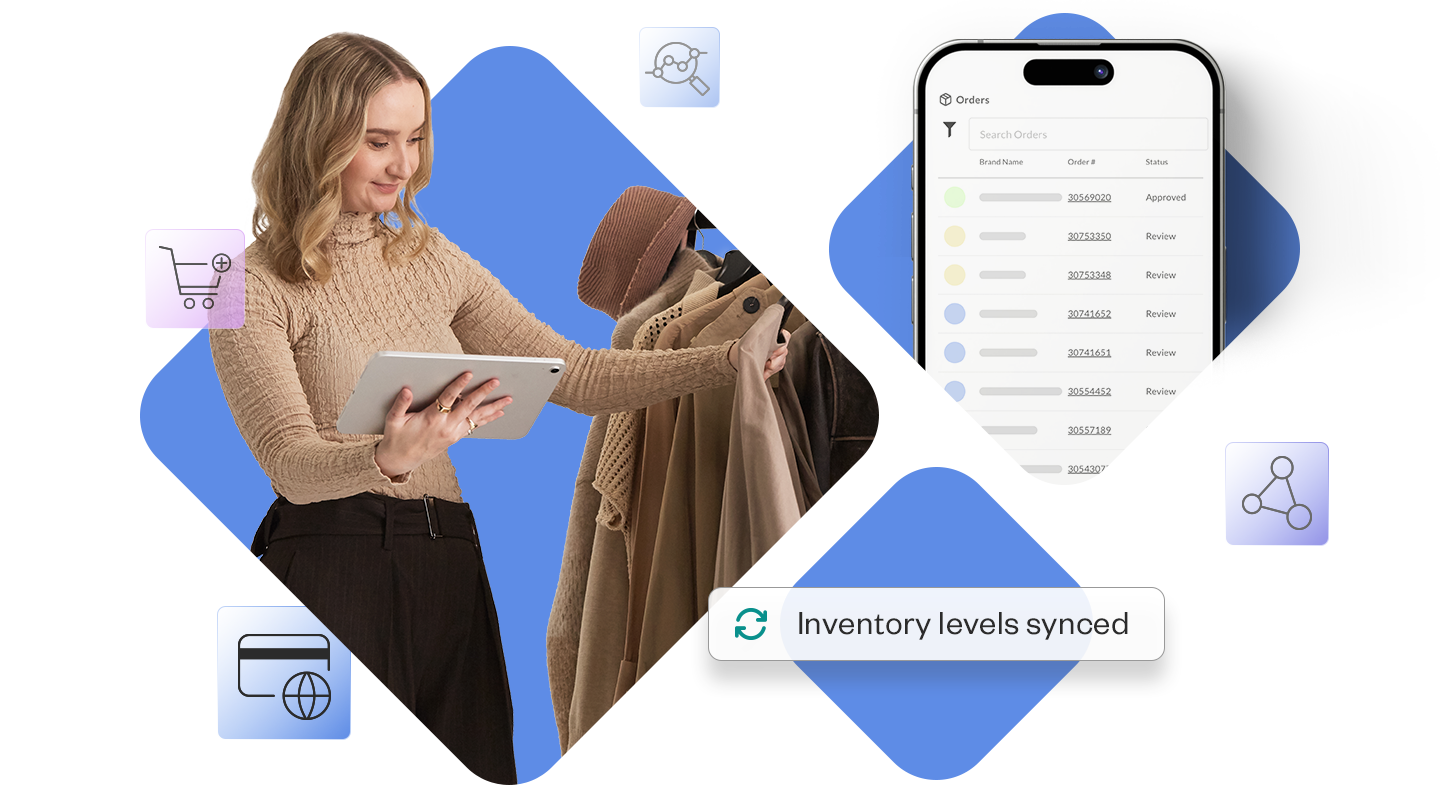Collaborating for success: Partnering with brands, retailers, and B2B platforms
Collaboration is the name of the game for successful brands and retailers. In this post, check out the ways these collaborations are yielding positive results.

Changes in shopper behavior during the pandemic have garnered a large number of conversations and new research.
But an area that is less discussed is the new-normal changes for lucrative collaborations, including:
- What’s the best way for two brands to collaborate today?
- How can companies leverage the power of B2B platforms?
- How is retail evolving?
This article covers how to successfully collaborate with other brands, retailers, and B2B platforms in the post-pandemic world.
1. Brand collaboration
Two heads are better than one. Brand partnerships are helpful because it helps attract new customers and maximize profit.
There are many ways to collaborate with another brand. You can come up with a new product together, give each other a shoutout on socials, or practice collaborative marketing.
But the most crucial piece is identifying the right brand partner. It shouldn’t be your direct competitor, but a company with the same target markets and buyer personas.
Your brand can also search for value alignment and partner with a non-profit which shares similar missions.
Here are some excellent examples of successful brand collaborations:
- The sports media company Religion of Sports collaborated with the athleisure label Spiritual Gangster to launch a capsule collection of apparel exploring sports and wellness. Theirs is an excellent example of value-alignment partnership—both brands embody the ethos that sports are wellness.
- Fashion house Kenneth Cole partnered with Just Salad to create and distribute face-masks to all delivery personnel to keep them protected during the pandemic.
2. Brand and retailer collaboration
Is traditional retail making a comeback? Yes, but not without some changes.
Seventy-one percent of global consumers feel comfortable going back to physical stores as lockdowns ease in their countries. Ninety-one percent of shoppers even said they missed shopping in stores during the pandemic.
While foot traffic is undoubtedly rising, the physical retail space is no longer the primary battleground for brands.
Sixty-three percent of consumers still start their purchasing journey online. And, 43% of Millennial and Gen Z shoppers would cut in-store shopping completely if issues with online shopping (e.g., delivery speed, hassle-free returns) get resolved.
So, what are shoppers expecting from physical stores today?
Experiences.
Consumers no longer want to travel long distances, find a busy crowd, and go home disappointed because their size is out of stock.
For retailers in the post-pandemic world, creating a memorable shopping experience is essential now, more than ever.
One way to do this is by forming an exclusive brand and retail relationship to enhance customer experience, increase awareness, and boost loyalty.
An omnichannel strategy is essential for a successful brand and retail collaboration since it helps generate around 80% in-store visits.
Here are some examples of successful brand and retail collaborations:
- The e-commerce giant Alibaba partnered with fashion-brand Valentino to launch a one-of-a-kind project: a 3-D pop-up shop in Beijing. Mirroring it was an online virtual store on Alibaba’s luxury shopping experience, Tmall Luxury Pavilion.
- The rise of streetwear fashion among brands such as Dior, Givenchy, Balenciaga via partnering with contemporary artists like KAWS and Takashi Murakami is another example of successful brand & retail collaborations.
3. Brands and B2B platforms
The global B2B eCommerce market has an estimated value of $12.2 trillion. No matter whether you’re looking to expand your B2C store into a B2B/B2C hybrid or if you want to scale your B2B store, you need to collaborate with B2B platforms.
Your best bet here is to find tools that can help you expand into new markets and/or have automation capabilities that can save you time.
But many B2B platforms go the extra mile—helping you provide a top-notch customer experience to your shoppers through virtual showrooms, hassle-free returns, and seamless shipping.
Here are some successful brand and B2B platform collaborations:
- Spiritual Gangster recently partnered with NuORDER for the past seven years to customize selections and assortments for retail buyers. The company says, “[NuORDER] has truly been our competitive advantage. From custom lists to utilization of line sheet distribution and orders taken at tradeshows and markets, NuORDER has allowed our rep teams to send information on the collection and proposed to buy directly to the retailer in real-time, not only saving time but eliminating mistakes, lost catalogs, etc.”
- The Wine Enthusiast Companies used NetSuite Commerce to optimize their online checkout experience for buyers through personalization and advanced segmented options. The platform is also great for multi-channel selling.
Collaboration is the key to the success of your business
In the hyper-connected world that we live in, the line between online and offline is blurring. The traditional retail expectations are evolving rapidly. Brick-and-mortar success is possible in the age of e-commerce—but brands have to keep up with the expectations of the new buyer.
Collaboration is a strategy that can only help if done thoughtfully. Consumers love it, it gets the word out about your brand, you reach new customers, and increase retail sales.
Related articles
Get on the list
Wholesale tips and industry news you can’t miss, delivered weekly
